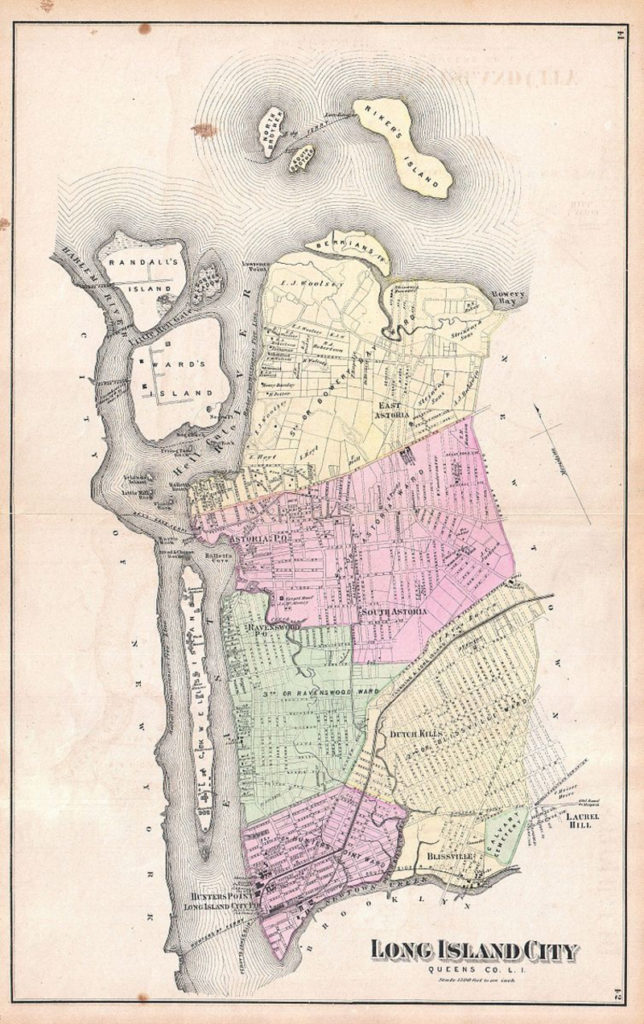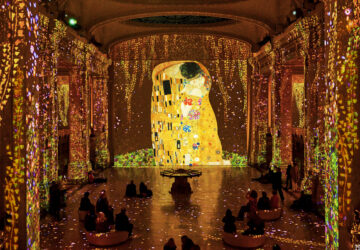2. Buried underneath Long Island City is Sunswick Creek

Before its burial, Sunswick Creek’s source was located close to 21st Street north of what is now the Queensboro Bridge and Queens Plaza. The creek’s name may have originated from the Algonquin word “Sunkisq,” which translated to “Woman Chief” or “Sachem’s Wife.” In 1664, the land on the northern shore of the creek was purchased by British settler William Hallet from two native chiefs named Shawestcont and Erramorhar, and the peninsula was renamed Hallets Cove. Due to increased industrialization, the lack of a proper sewage system, and the high population density of Long Island City and nearby Astoria, Sunswick Creek became heavily polluted by the 1860s and 1870s. After the outbreak of diseases in 1871 and 1875, the marshes surrounding the creek were drained in 1879. By 1893, the creek had been diverted into one of the new sewage system’s brick tunnels.
In 1915, protest arose among the residents of Ravenswood over the infestation of the creek’s tide gates by mosquitos, arguing to the New York City Board of Health that the tide gates should be opened as they were actually making the water stagnant and trapping the mosquitoes inside the creek. One year later in April 1916, residents broke down the tide gates themselves using axes, which prompted the New York City health commissioner to remark that the residents preferred “to live like hogs.” By the end of 1916, New York City’s government proposed closing the creek and mandated households to divert their sewage elsewhere. Today, the creek exists underground as part of a sewage tunnel, with Socrates Sculpture Park occupying what was once the creek’s mouth.





